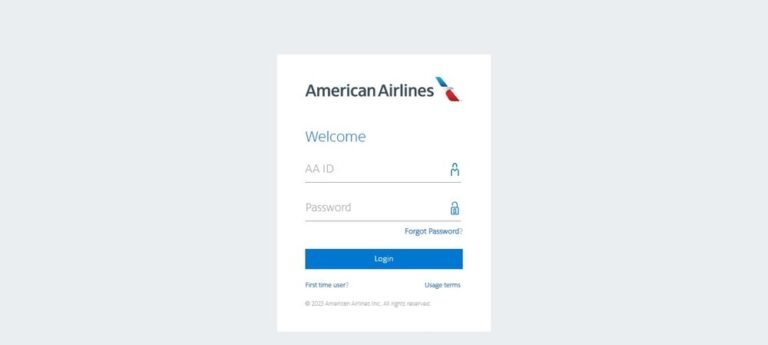Modern Outsourcing Models for Software Development

Software development outsourcing has become a strategy for companies seeking cost-effective solutions, access to global specialized skills, and innovations. The world is constantly moving, and talents have grown from Western Europe and the United States to other parts of the world. Now, you can hire software developers who are just as good for less than half the price if you do not outsource. Outsourcing models are strategies companies use to hire and keep software developers. This article explores every outsourcing model for software development and how businesses can leverage these models to meet modern demands.
Traditional Outsourcing Models
In the traditional outsourcing model, a company contracts third-party vendors, often situated in distant regions or countries, to manage software development tasks or projects. The traditional offshore outsourcing model makes hiring affordable; however, issues like communication barriers and cultural differences can become a nightmare if not managed properly.
Case Study: Microsoft and Infosys
Microsoft collaborated with Infosys on many important software development projects and tasks. Despite the cultural differences between both companies, Infosys was able to render its IT, engineering, and software development expertise to help Microsoft develop some of its products. Microsoft is headquartered in the United States, and Infosys is headquartered in Bangalore, Karnataka, India. Infosys delivered quality and timely software solutions that met Microsoft’s huge demand. Altogether, both companies grew from the collaboration and were able to set up incredibly seamless project management systems.
Evolved Outsourcing Models
Evolved software outsourcing is one of the modern software outsourcing models. It’s nearshore; hence, partners enjoy improved collaboration because of similar cultures and time zones. Models include:
- Nearshore outsourcing: A company outsources to a team of software developers in near regions.
- Onshore outsourcing: A company outsources to local expertise, favoring face-to-face interaction and collaboration.
- Crowdsourcing: Crowdsourcing is still fresh. In this approach, a company breaks down projects into smaller tasks distributed to a crowd of developers. Crowdsourcing promotes collaborative innovation and diversified perspectives.
Specialized Outsourcing Models
This application development outsourcing model largely involves bringing in an external team to complement the internal team’s work without making any permanent commitments. Let’s explore some of the sub-models:
- Staff Augmentation: This is the temporary addition of external developers to complement in-house teams, addressing skill gaps without making permanent commitments.
- Managed services: In this approach, specific functions or stages in the software development process are delegated to specialized vendors. For example, many companies like to delegate quality assurance of new software to specialized QA companies.
- Agile outsourcing: Agile outsourcing integrates Agile methodologies into the outsourcing process. It enables adaptive development, process analysis, and frequent releases.
- DevOps outsourcing: Companies capitalize on DevOps practices to ensure seamless collaboration between development and operations teams, enhancing efficiency and deployment speed.
Outsource Software Development Model: Exploring Outcome-Oriented Strategies
Companies focus more on tangible results rather than hourly payment. This shift ensures that companies get value for money spent and can protect the integrity of the project. The emphasis on value delivery underscores the significance of achieving predefined objectives rather than solely tracking time and resources. It also results in result-driven teams or individual developers and a quick and quality transition to launch.
Do Read: Imginn-Review about the popular Instagram Viewer.
Factors Influencing Model Selection
Some factors influence outsource software development service delivery models. Let’s delve into them.
- Project complexity: The complexity and scope of the project determine the suitable model. Is it a large-scale project or a small project? Is the project a part of large-scale software?
- Budget: Companies now know that incredible skills abound abroad and can pay less for excellent work. The budget predetermines the model choice. The project’s scope determines the methods the model will be managed to ensure high efficiency, quality delivery, and quickness to launch.
- Need for Control: A company ready to completely delegate tasks and judge quality on results will use the traditional outsourcing model. Other company heads prefer to monitor projects as they happen and may choose to be actively involved, face-to-face, in every project phase.
Conclusion
As technology advances and the world’s global software development markets get closer, businesses have to adapt. The outsourcing models a company chooses must be innovative, cost-effective, and give the same quality delivery, as was the case of Microsoft and Infosys. The nuances of outsourcing must be learned if a company that relies on software services, especially advanced software needs like Blockchain technology, AI and ML, and cloud services, wants to thrive in a very competitive environment.





